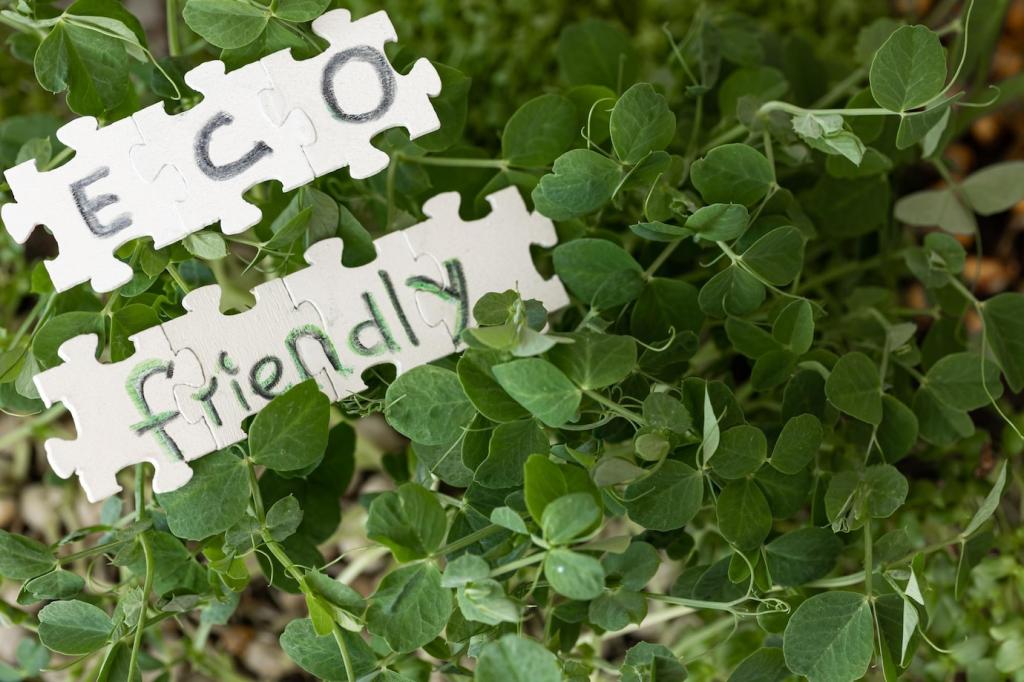Climate Change Effects on Forest Biodiversity: Stories, Science, and Stewardship
Chosen theme: Climate Change Effects on Forest Biodiversity. Walk beneath shifting canopies as we explore how warming, water, and extreme events reshape who thrives, who struggles, and how communities can help forests endure. Subscribe to join thoughtful conversations, field notes, and hopeful actions.
Reading the Forest Thermometer
As average temperatures rise and droughts lengthen, moisture-loving species retreat while resilient pioneers advance. In Mediterranean hills, holm oak replaces beech on sunny slopes, a quiet swap that reshuffles fungi, insects, and the birds that depend on them.
Reading the Forest Thermometer
Earlier springs can uncouple leaf-out from caterpillar peaks, leaving nestlings hungry while canopies look lush. A forester in Vermont recorded budburst two weeks sooner than in the 1990s, yet warblers arrived on old schedules, searching in empty branches.




Species on the Move
Across mountain belts, treelines creep upward as seedlings survive in formerly hostile zones. In Scandinavia, birch and pine colonize tundra edges, while cold-adapted lichens shrink, compressing habitat for reindeer and the insects that specialized on wind-blasted bark.
Species on the Move
Generalists that tolerate heat and disturbance often expand, whereas specialists tied to cool ravines or late snowpack contract. Most species linger in between, stressed but stubborn, until a threshold is crossed by one harsh summer or a multi-year drought.
Disturbance Dominoes
Longer dry spells and hotter winds turn small ignitions into landscape-scale fires. After Australia’s Black Summer, some eucalyptus stands failed to reseed, opening niches to shrubs and invasive grasses that host fewer invertebrates, reducing food webs from soil to songbird.
Life in the Cool Pockets
North-facing gullies, deep leaf litter, and mossy logs hold precious moisture and cooler air. In Spain’s Sierra Nevada, violets and salamanders persist in shaded ravines long after nearby slopes warm, preserving pollinators and predators that knit food webs together.


Life in the Cool Pockets
Big trees, layered canopies, and uneven ages create varied niches and slower temperature swings. Research shows old stands often dampen heat extremes on the forest floor, giving ferns, snails, and fungi a chance to ride out scorching weeks.
An elder’s trail memory
A Yurok elder described to me how tanoak acorn worms arrived earlier than her grandmother expected, shifting harvest rituals and recipes. Such living memory helps interpret monitoring graphs and keeps conservation anchored in the foods and ceremonies forests nourish.
Traditional stewardship meets modern science
Cultural burning, selective harvests, and respect for seasonal cues can rebuild diversity and reduce risk. Partnerships between tribes, agencies, and NGOs are documenting how these practices restore habitat mosaics, while sensors and satellites measure cooler understories and richer bird communities.
Share your family forest story
What changed in your lifetime along a favorite path? Leaves earlier, mushrooms later, fewer bees on blackberry? Comment, or send a voice note we can feature. Subscribe to hear others and to learn respectful ways to blend story with data.
Hope in Action
01
From backyard to biosphere
Planting native trees and understory flowers, leaving deadwood, and capturing rainwater build microhabitat and resilience. These small patches stitch into corridors for beetles, birds, and bats, especially as climate nudges species between fragmented parks and private lands.
02
Citizen science that matters
Join phenology networks, forest plot surveys, or acoustic monitoring for owls and bats. Your observations fill blind spots in official datasets, guiding where to create shade, thin fuels, or protect springs that keep vulnerable species hanging on.
03
Subscribe and shape our next field note
Follow the blog for seasonal prompts, interviews with researchers, and field guides. Vote on future topics, propose a local story, or host a mini bioblitz. Your subscription keeps this project ad-free and focused on forests that need voices.
